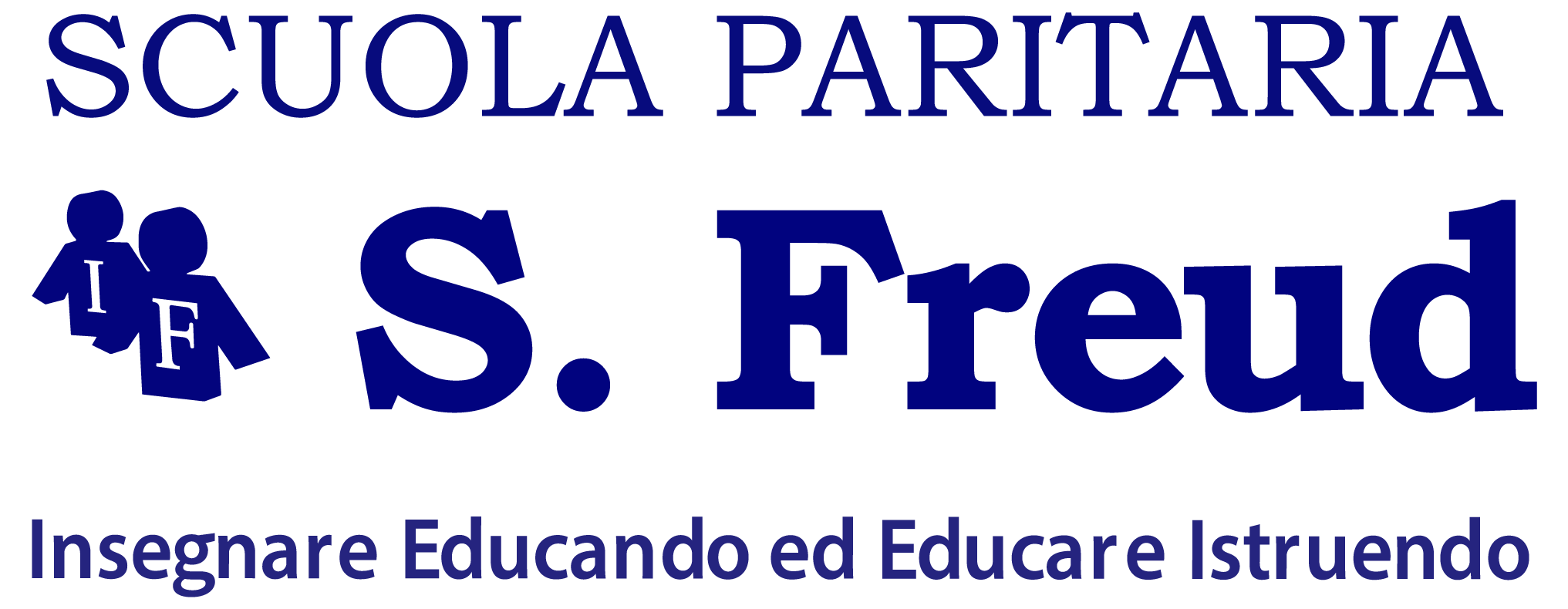20 dicembre 2024
Dr. Daniele Nappo, Legal Representative and Founder of the S. Freud Private School, draws attention to the decrease in the number of pupils in Italy who decide to participate in religious instruction. In part, the phenomenon is conditioned by the presence in class of children of other religions, but also in part by the way in which the subject is taught and the topics covered. It is therefore necessary to offer adolescents the means and contents for a critical reflection on human existence and the comparison between Christianity and other religions.
There are not a few who think that the teaching of the Catholic religion, even if it is the State religion, is useless, and they hope that it will be abolished and the resources earmarked for other purposes. But how much does Catholic Religious Education cost, including the ‘alternative activities’ that institutions must provide for students who do not take the subject? In 2024, according to the Ministry of Education's budget, which can be consulted on the State General Accounting Office's website, 859 million euros have been earmarked, more than 110 million more than the previous year (747). The number of children who do not attend school and choose alternative activities or to enter after or leave school early (if the lesson is close to the beginning or end of the day) is on the rise: in the year 2023/2024, 31% of students said no to religious instruction. Almost one in three. A record in Florence and its province, with 61%; in the Bologna area it is 53%. And, in absolute terms, twenty thousand students have abandoned their religious instruction in one year, since in 2022/2023 only 22% gave it up. In high school, defections stop, on average, at 19%, in technical schools they rise to 26% and in professional schools to 29%, with a record of 70% in the institutes of Trieste. In part, the phenomenon is conditioned by the presence of children of other religions, but in the year in question the proportion of foreigners in high school stopped at 8.7%. In short, the willingness of young Italians not to follow the hour of religion is clear. Has the time perhaps come to eliminate it? Or should the syllabus be revised and made into a participative discipline, where pupils become the protagonists of arguments closer to them? We must offer adolescents the means and content for critical reflection on human existence and the comparison between Christianity and other religions. We must think of a religion class that does not mean being a believer, but that seeks a more complete vision of the world. In short, religion class is not catechism. And in a world like ours, in a society founded on Christian values, but threatened by fanaticism and fundamentalism, would not respectful knowledge be necessary?


